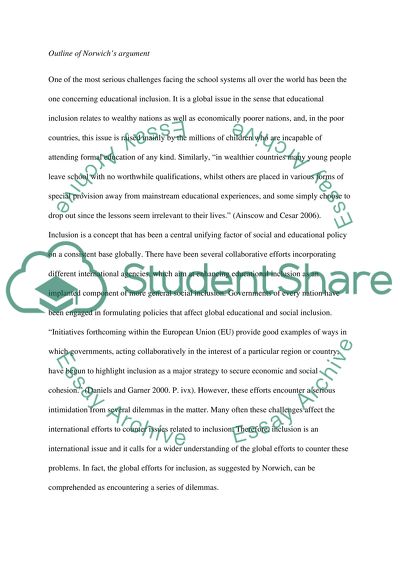Cite this document
(“Global Inclusion Essay Example | Topics and Well Written Essays - 2000 words”, n.d.)
Global Inclusion Essay Example | Topics and Well Written Essays - 2000 words. Retrieved from https://studentshare.org/sociology/1518642-global-inclusion
Global Inclusion Essay Example | Topics and Well Written Essays - 2000 words. Retrieved from https://studentshare.org/sociology/1518642-global-inclusion
(Global Inclusion Essay Example | Topics and Well Written Essays - 2000 Words)
Global Inclusion Essay Example | Topics and Well Written Essays - 2000 Words. https://studentshare.org/sociology/1518642-global-inclusion.
Global Inclusion Essay Example | Topics and Well Written Essays - 2000 Words. https://studentshare.org/sociology/1518642-global-inclusion.
“Global Inclusion Essay Example | Topics and Well Written Essays - 2000 Words”, n.d. https://studentshare.org/sociology/1518642-global-inclusion.


